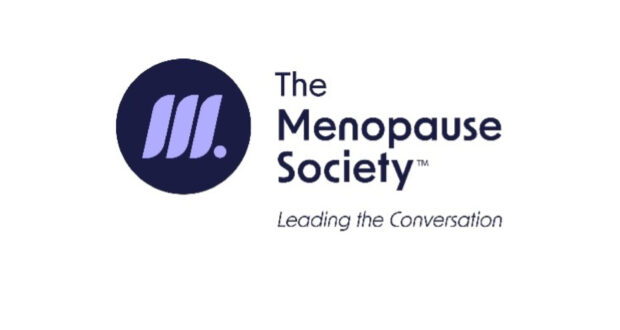By: Red Hot Mamas
Published: February 14, 2024
The Combination of Migraine and Persistent Hot Flashes Could Prove Deadly
New study suggests that women with both migraine and persistent hot flashes face double the risk of heart disease and triple the risk of stroke
CLEVELAND, Ohio (Feb 14, 2024)—Hot flashes and migraine (particularly with aura) have been shown to be individual risk factors for cardiovascular disease because of associated poorer heart disease risk-factor profiles. A new study, however, is the first to examine the joint influences of migraine and hot flashes/night sweats (vasomotor symptoms) independent of traditional heart disease risk factors and estrogen use. Research results are published online today in Menopause, the journal of The Menopause Society.
Specifically, the research shows that women with migraine and persistent vasomotor symptoms were 1.5 times as likely to incur heart disease and 1.7 times as likely to have a stroke compared with women without both symptoms, after adjustment for age, race, estrogen use, oophorectomy, hysterectomy, and cardiovascular disease risk factors. In contrast, women with either migraine history or persistent hot flashes over time did not face a significantly increased risk of heart disease outside of the effect of traditional risk factors such as tobacco use and levels of lipids, blood pressure, and fasting glucose.
Nearly 2,000 women participated in the study that began data collection at ages 18 to 30 years up until roughly age 61 years. These results are noteworthy because migraine and hot flashes are both so common. It is estimated that hot flashes affect nearly 80% of women transitioning through menopause, although these symptoms can vary greatly in severity, frequency, age of onset, and accompanying symptoms. Migraines are particularly common in women of late-reproductive age, affecting approximately 17.5% of women.
Survey results are published in the article “Migraines, vasomotor symptoms, and cardiovascular disease in the Coronary Arter Risk Development in Young Adults study.”
“This study highlights the importance of considering female-predominant or female-specific factors such as history of migraine and persistent vasomotor symptoms when assessing cardiovascular risk in women. There is a critical need to further refine existing cardiovascular disease risk-prediction models to identify women more accurately at future risk. In the interim, risk factor optimization is important for women with both of these conditions,” says Dr. Stephanie Faubion, medical director for The Menopause Society.
For more information about menopause and healthy aging, visit www.menopause.org.
 Red Hot Mamas In Charge of Change.
Red Hot Mamas In Charge of Change.




